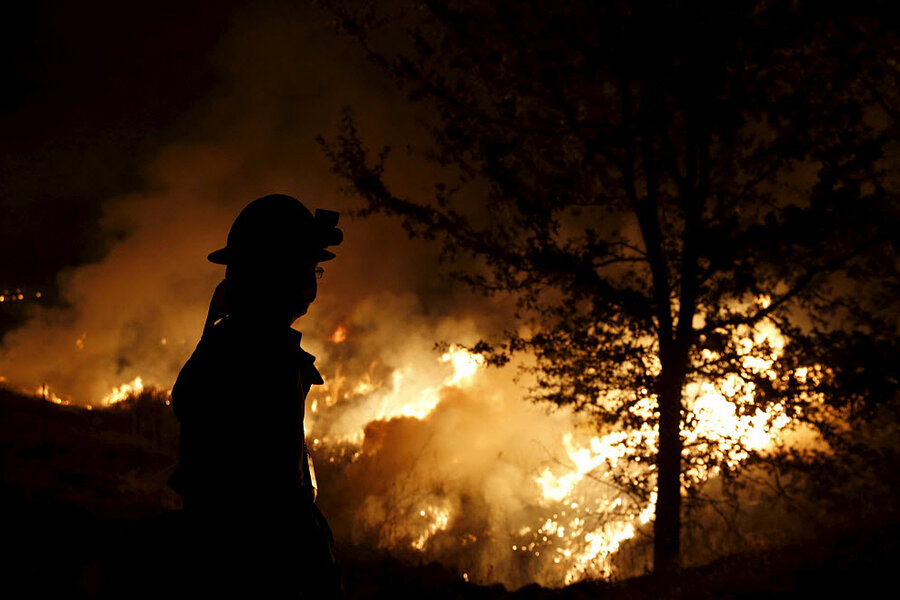California hotshots move from fire to fire as wildfire season blazes on
Loading...
Firefighters battling wildfires in Northern California have had little time for respite this season. Many of the 2,000 hotshots taking a stand against a fire ravaging Lower Lake and Napa counties on Wednesday were just recently peeled off a massive fire nearby that destroyed 43 homes in 109 square miles.
The new fire in Lake and Napa counties has forced at least 150 people into evacuation as it was threatening 50 structures. No homes have been destroyed so far and no injuries have been reported.
By Wednesday firefighters were able to contain the fire by 16 percent but fire officials expect that the battle to fully tamp out the blaze could last until.
The fire began on Sunday few miles from Lower Lake and quickly leapt from Lake County into the famed wine-growing region of Napa County. So far, vineyards have not been threatened.
There are currently 16 active wildfires across California and some 11,000 firefighter are on the ground fighting the blazes throughout the state.
In Southern California, a burning home in rural Riverside county caused a temporary evacuation. Officials say one person from the motor home was burned, but crews were able to contain the fire and the evacuation has since been lifted.
And about halfway between Temecula and Palm Desert, another blaze had been held to 450 acres. Officials say the fire has been 70 percent contained and full containment is expected by Friday.
The persistent drought that has gripped the western United States has fueled a severe wildfire season, as The Christian Science Monitor's Pete Spotts reported last month, Pete Spotts reported.
The size of wildfires in the region has greatly increased in recent years, partly due to the dry conditions, but also likely as a result of climate change. With each passing decade, the size of the treetop-jumping crown fires, the most destructive to a forest, has grown from a few hundred acres in the 1950s to megafires covering hundreds of thousands of acres since 2000, William Covington, head of Northern Arizona University's Ecological Restoration Institute in Flagstaff, Ariz., told the Christian Science Monitor,
The US Interior Department has launched new 10 pilot projects to improve fire resilience, focusing on ecosystems in several states, including California, New Mexico, Florida, and Virginia.
This report includes material from the Associated Press.






